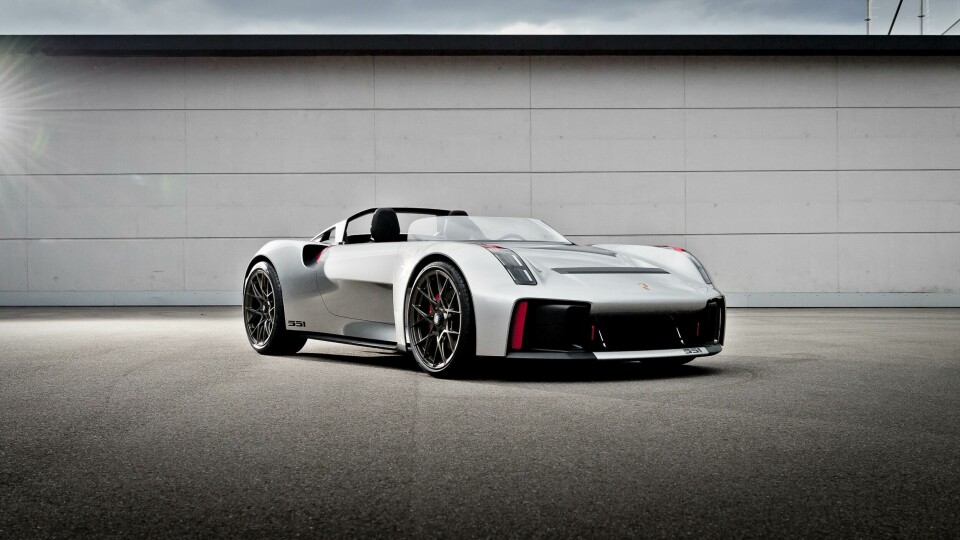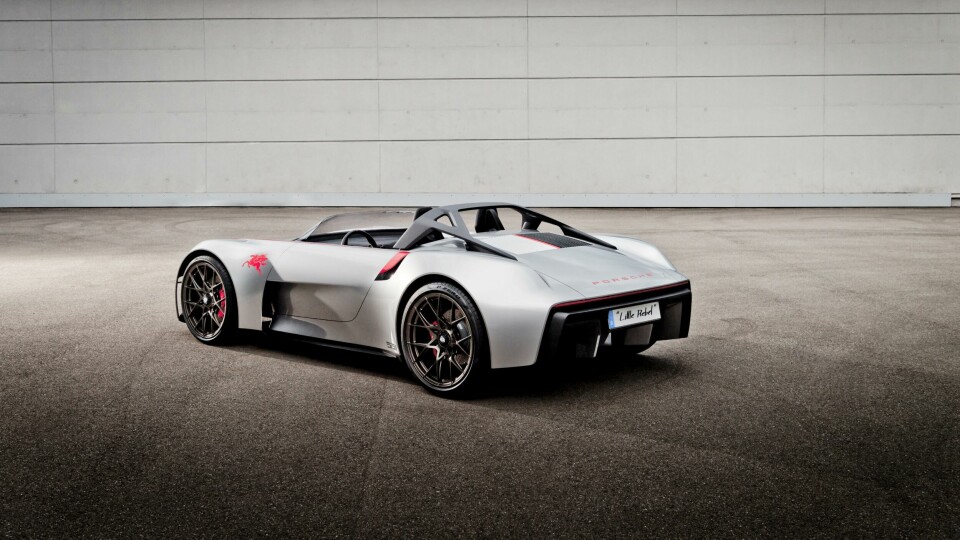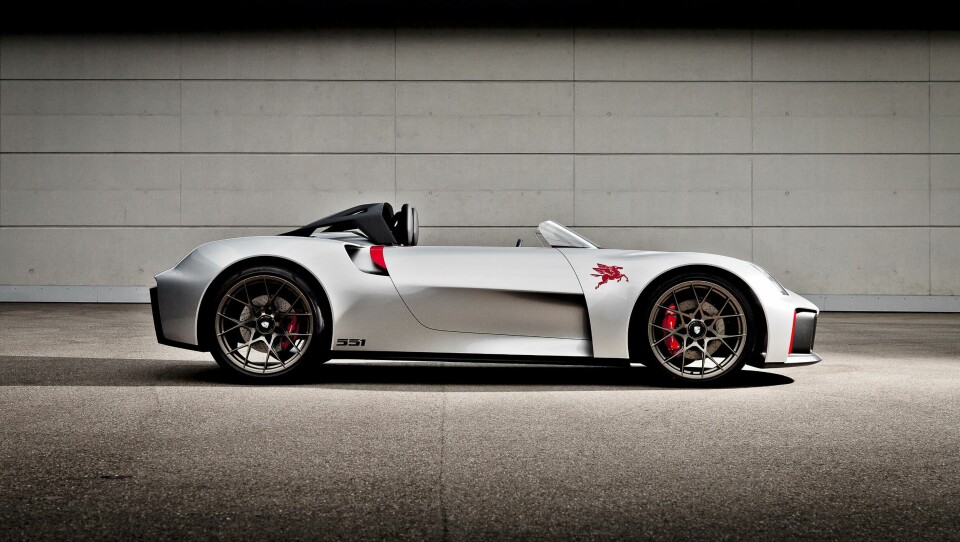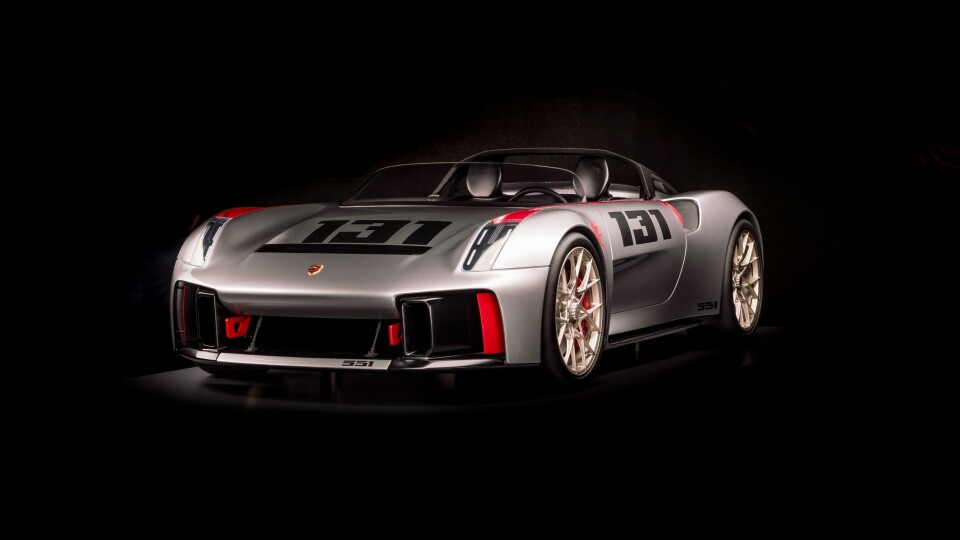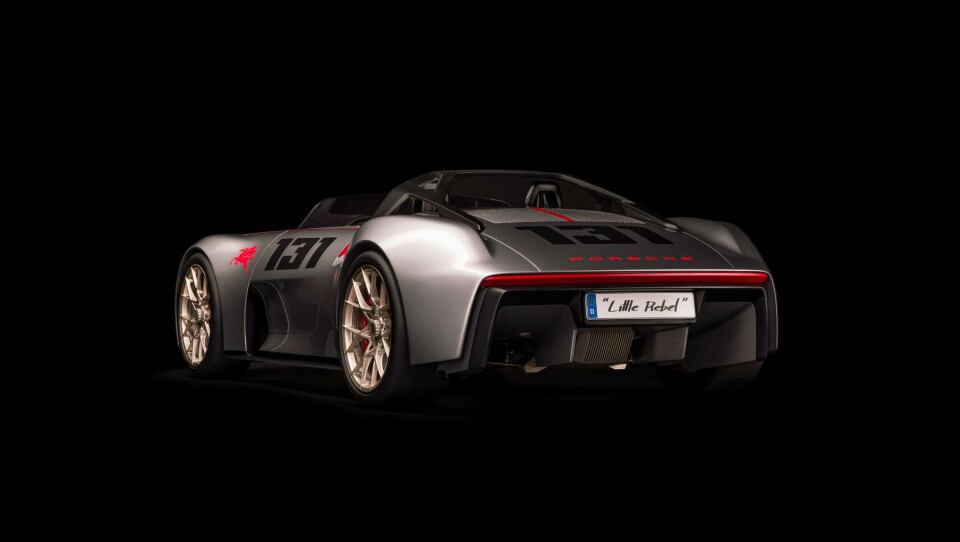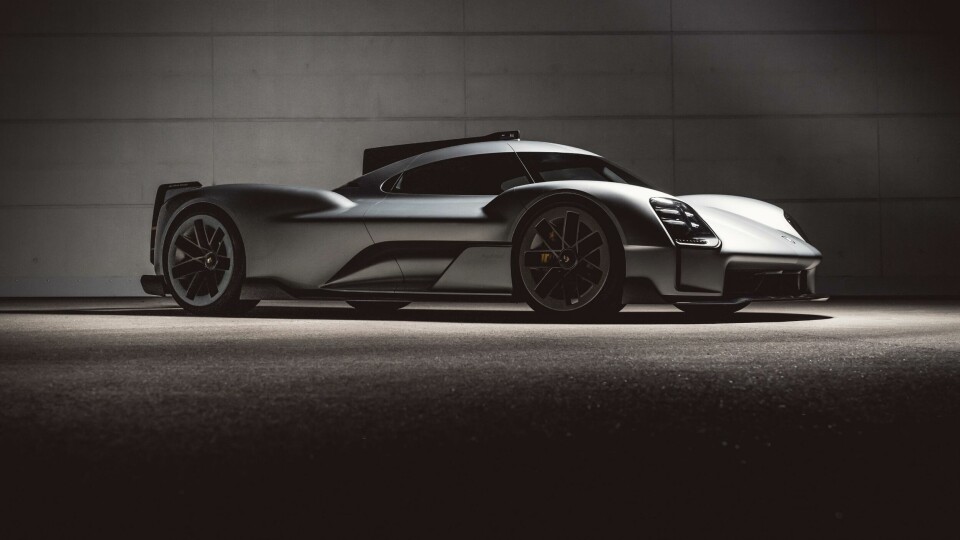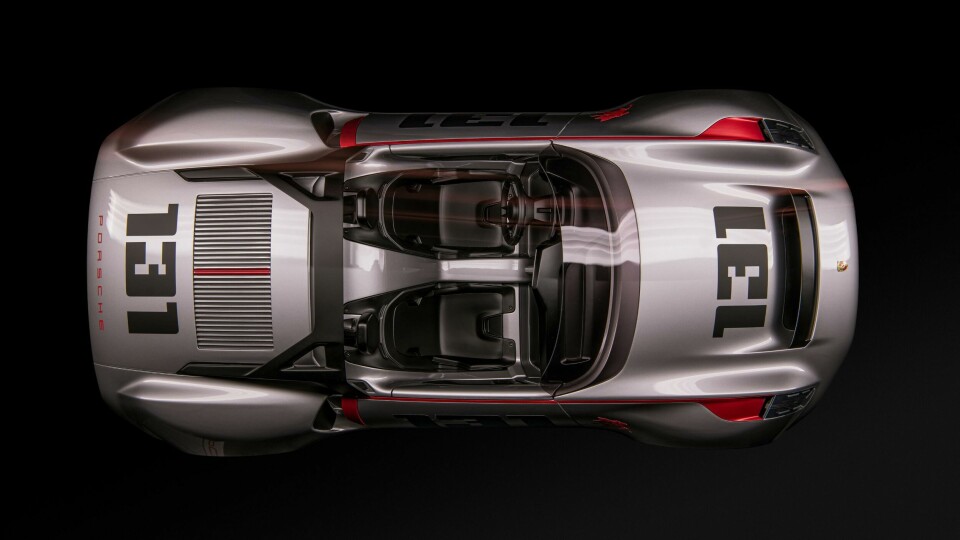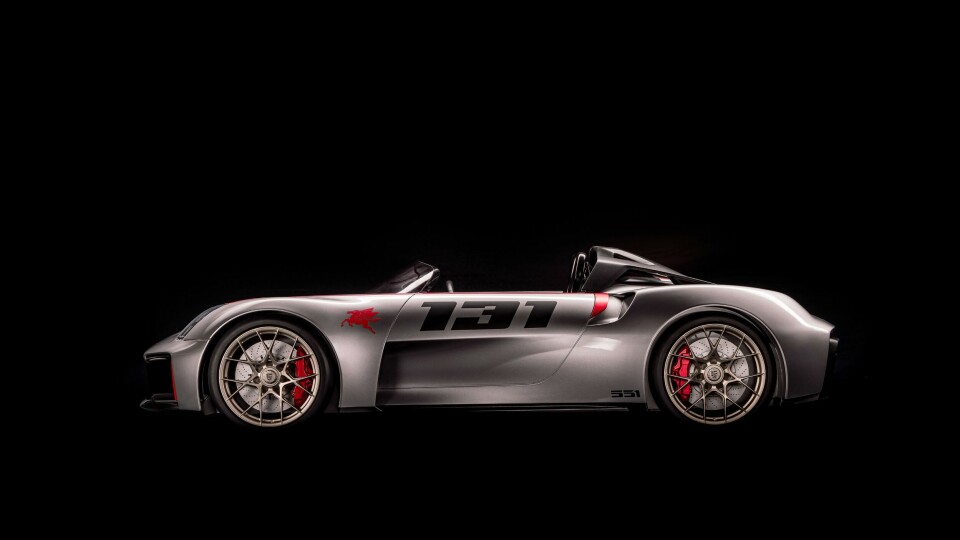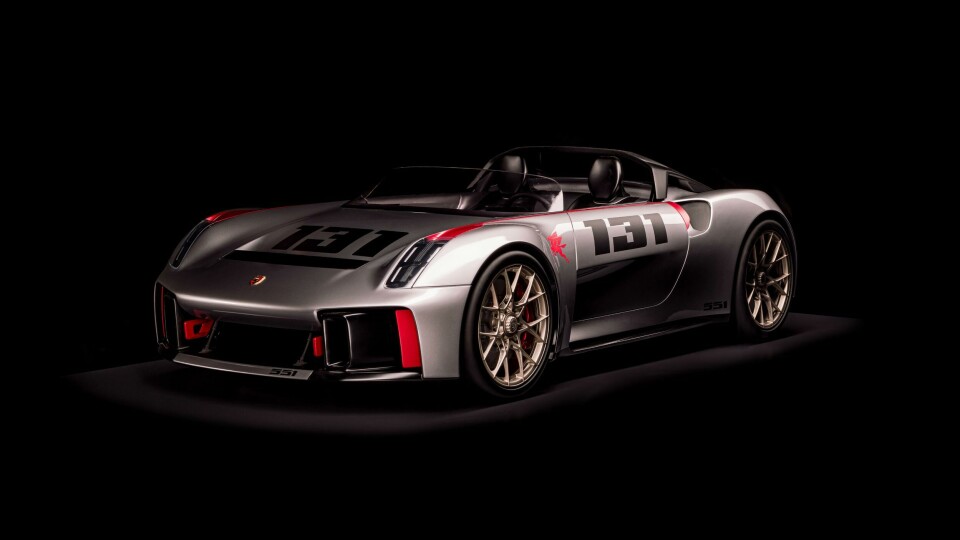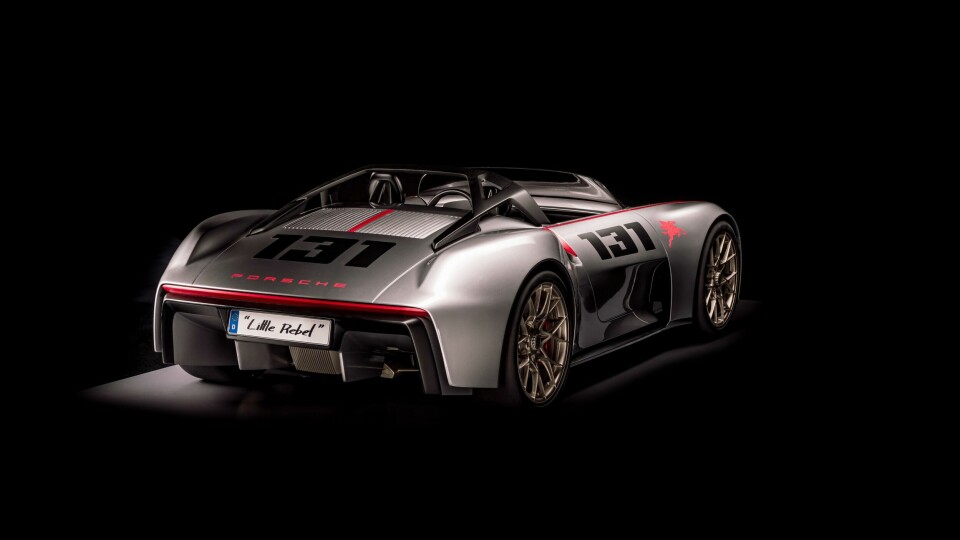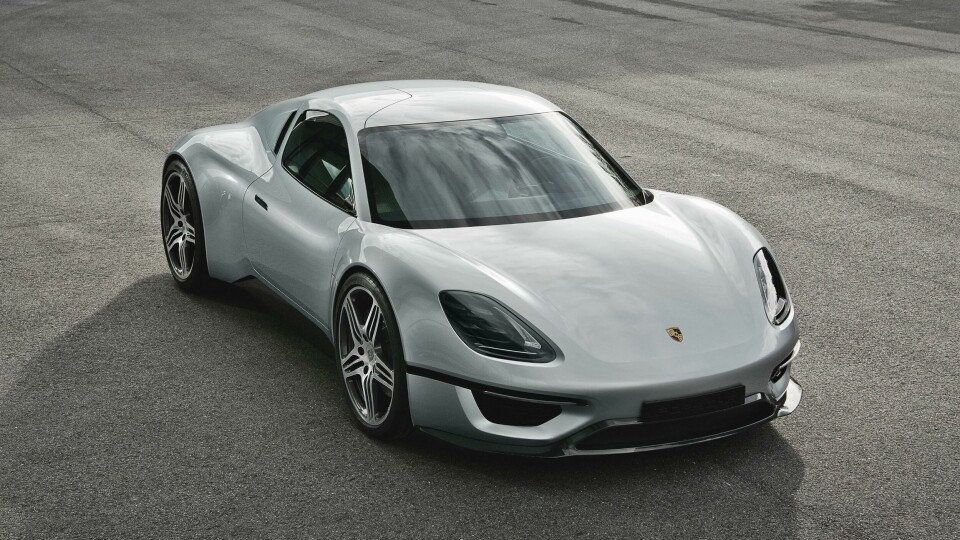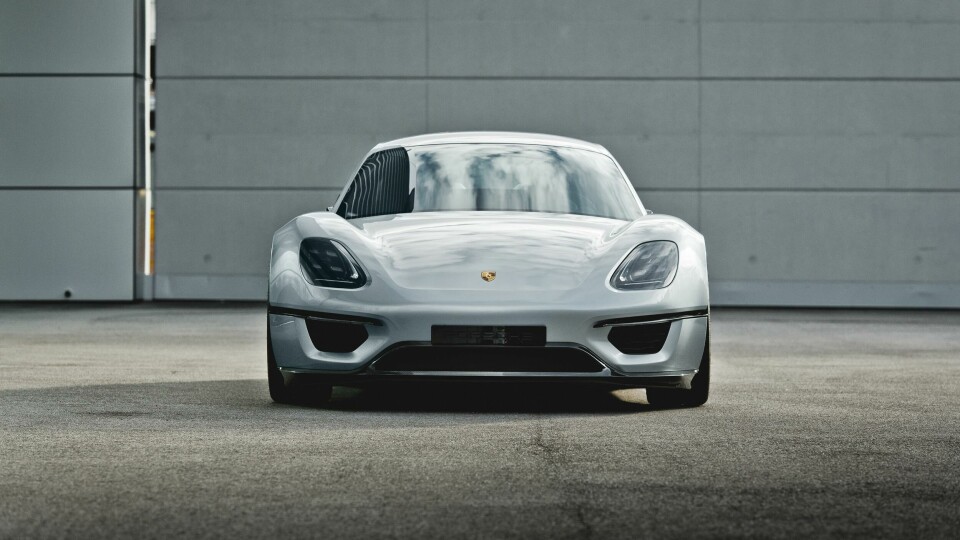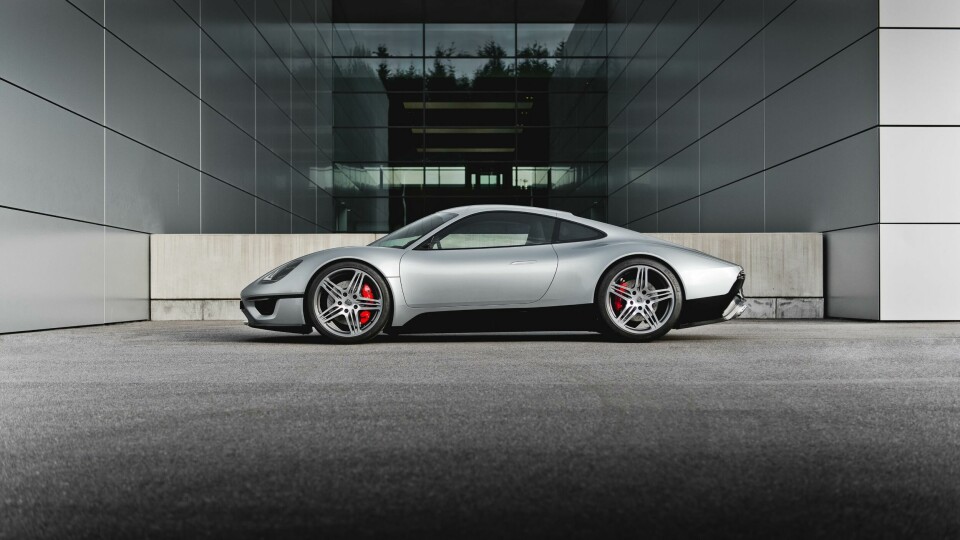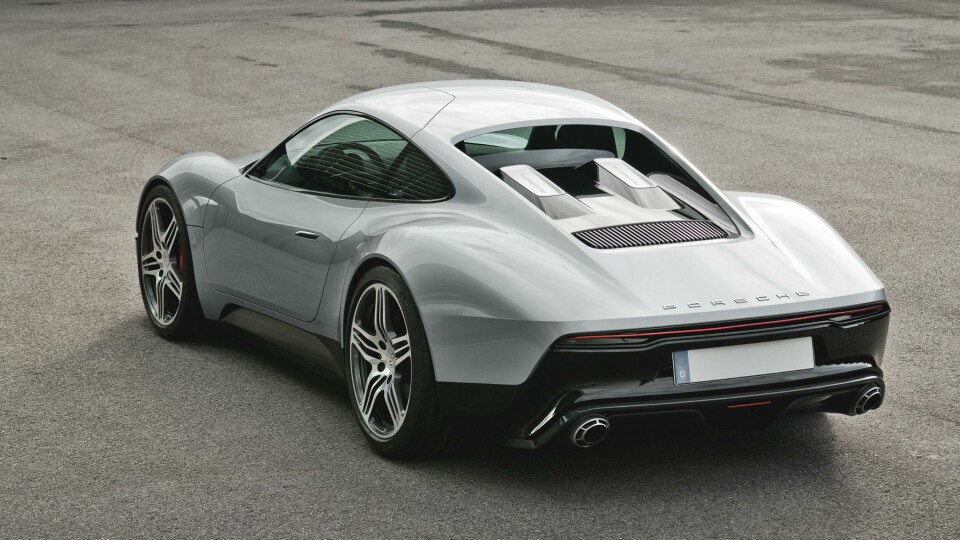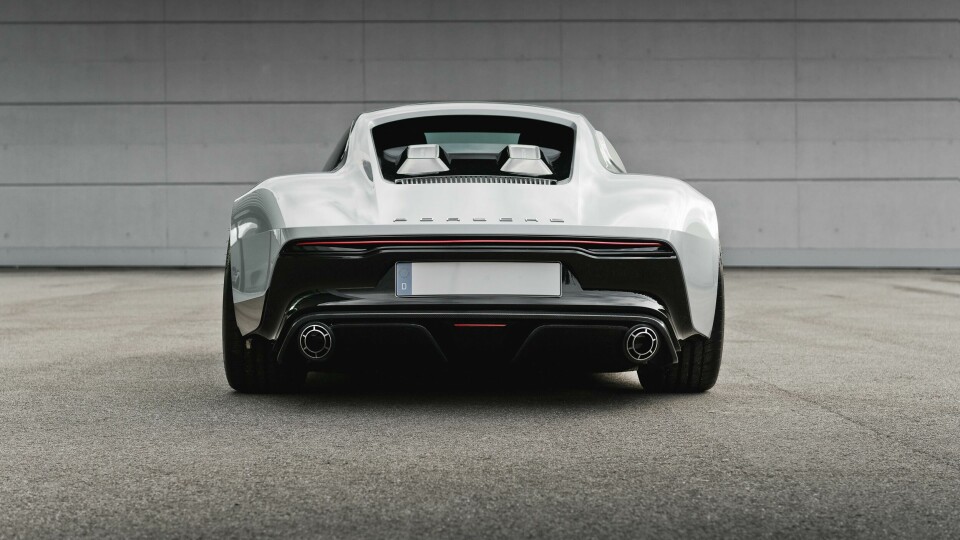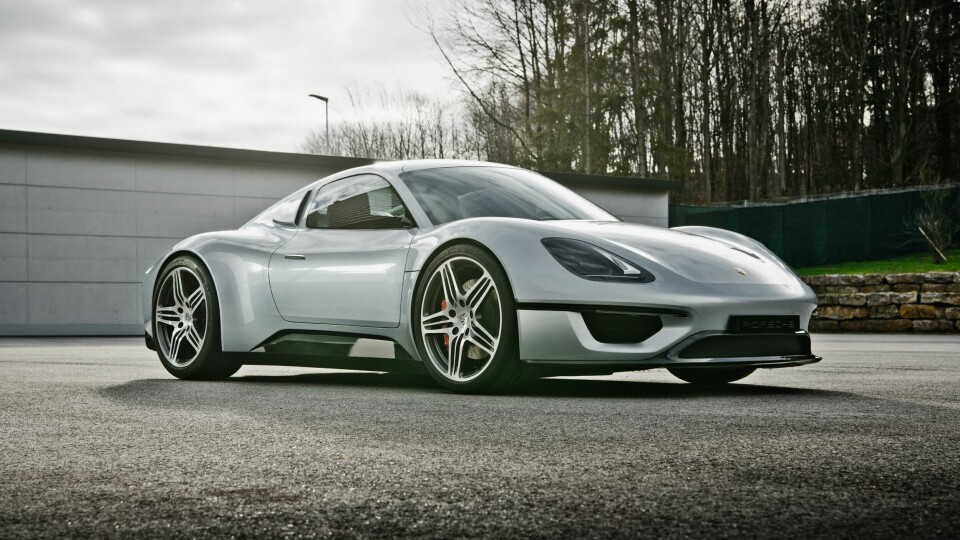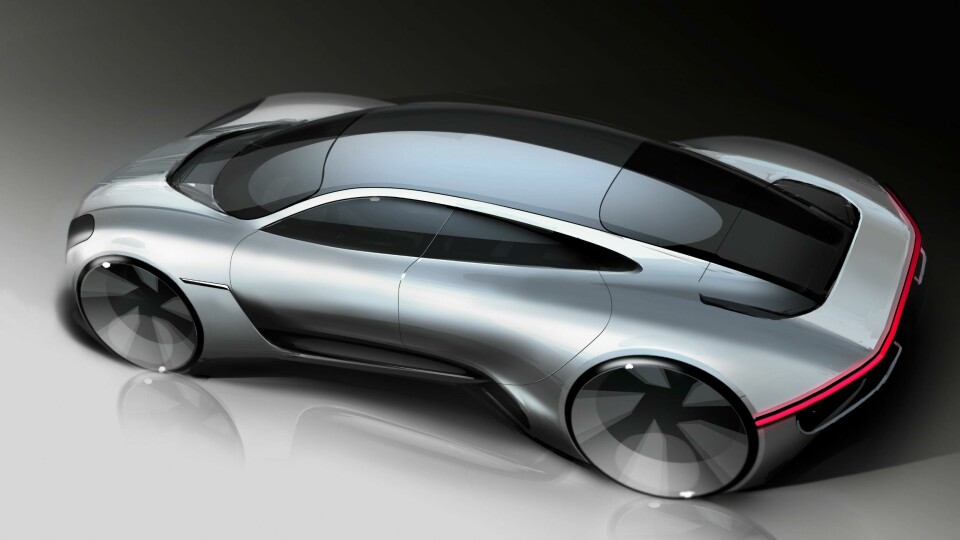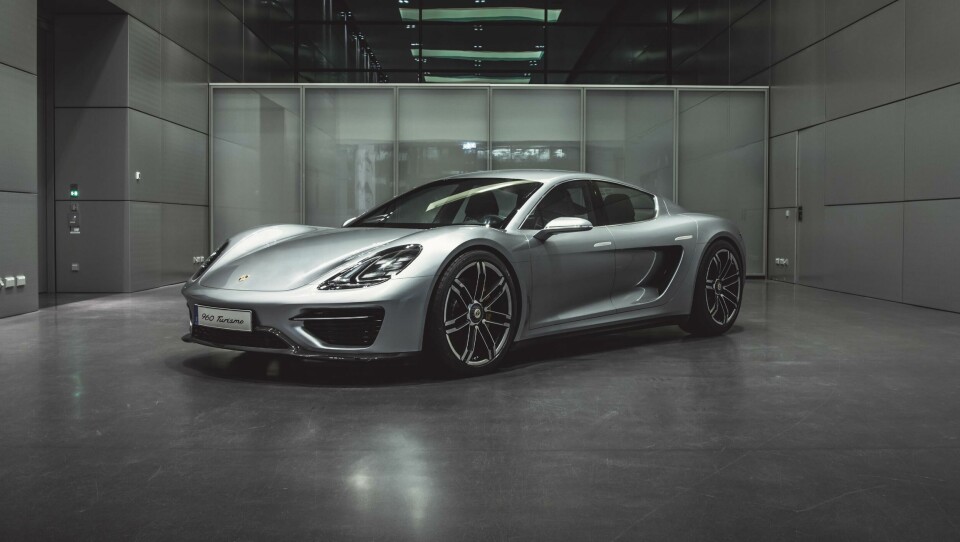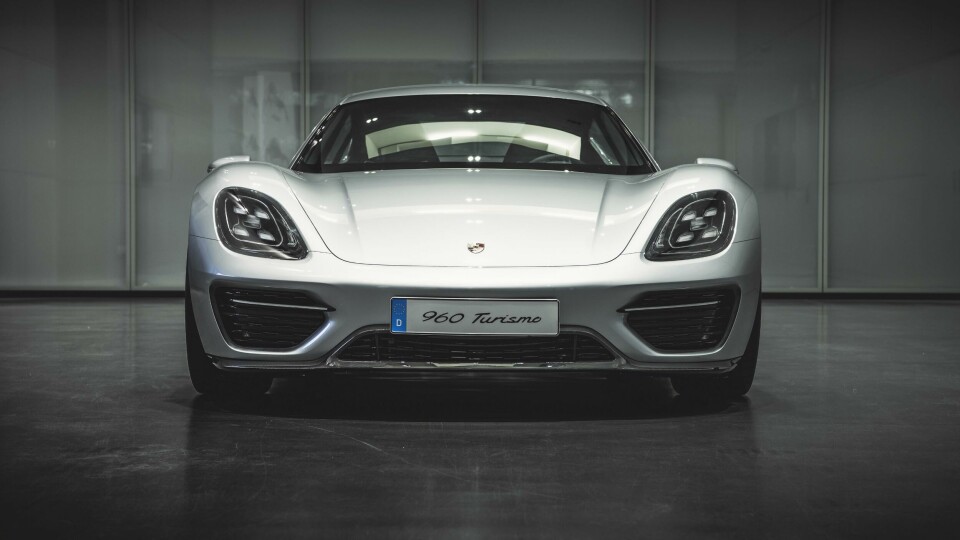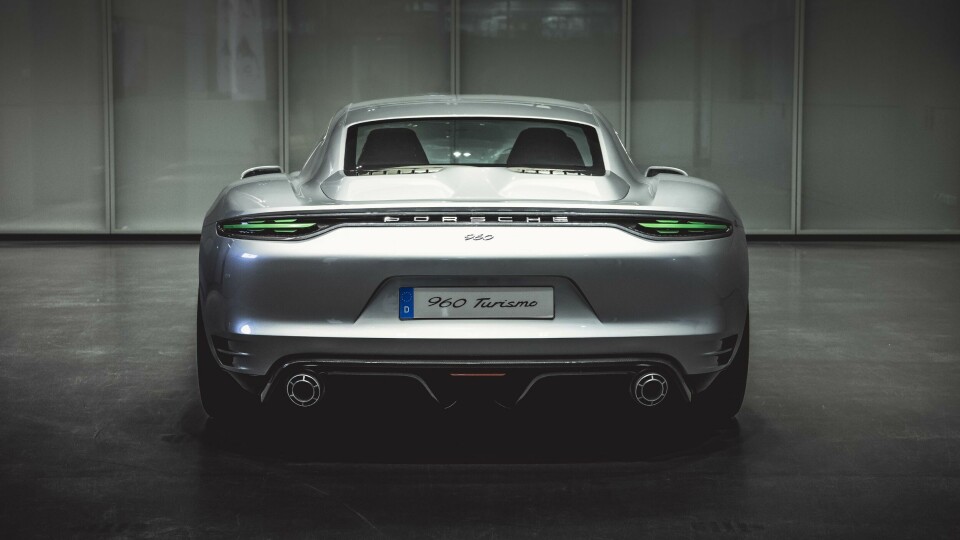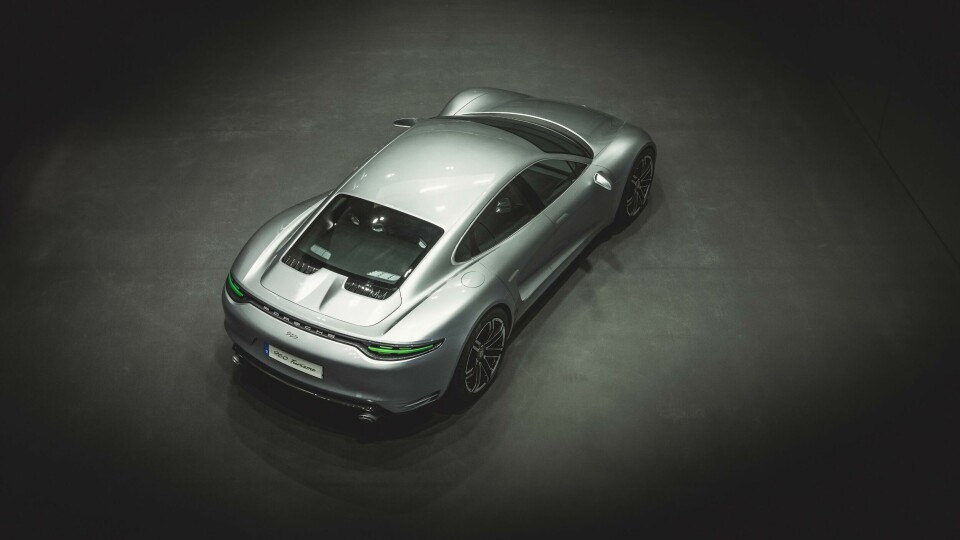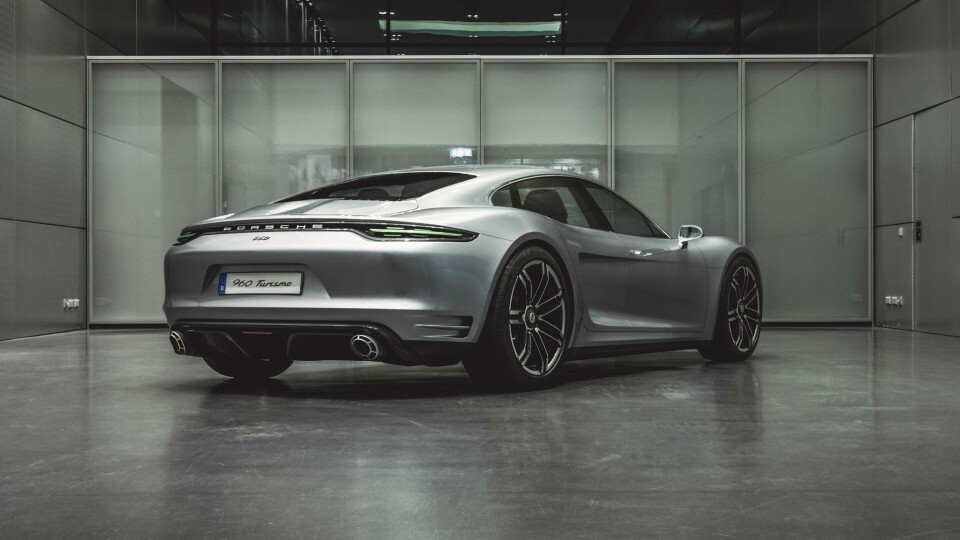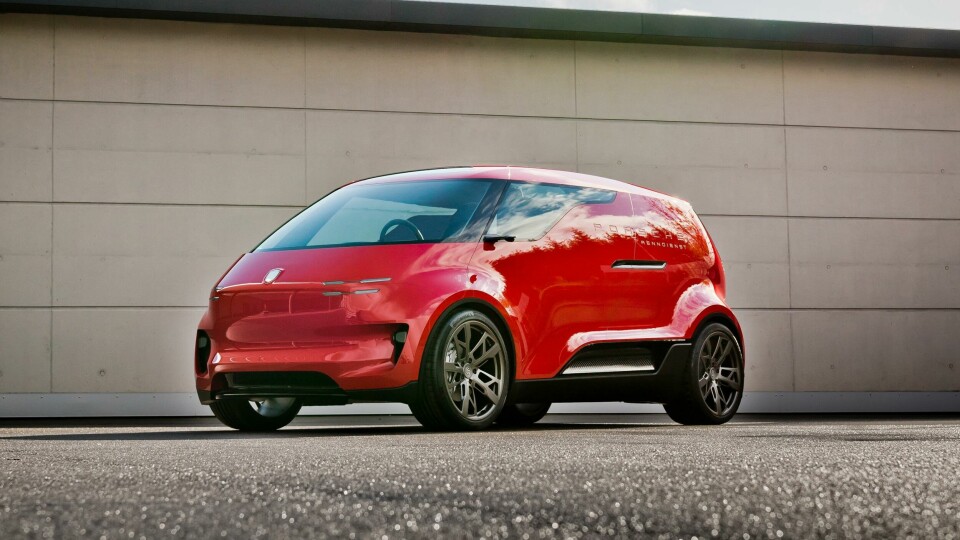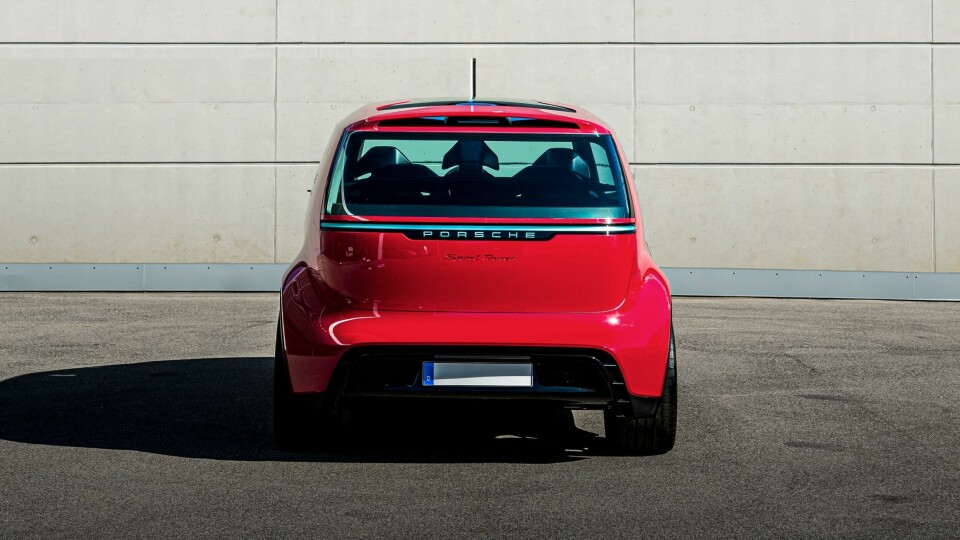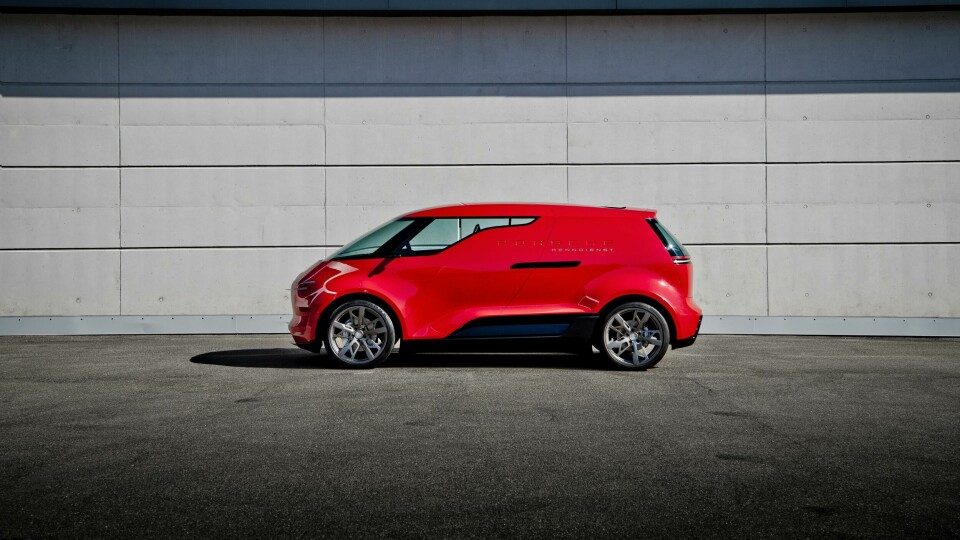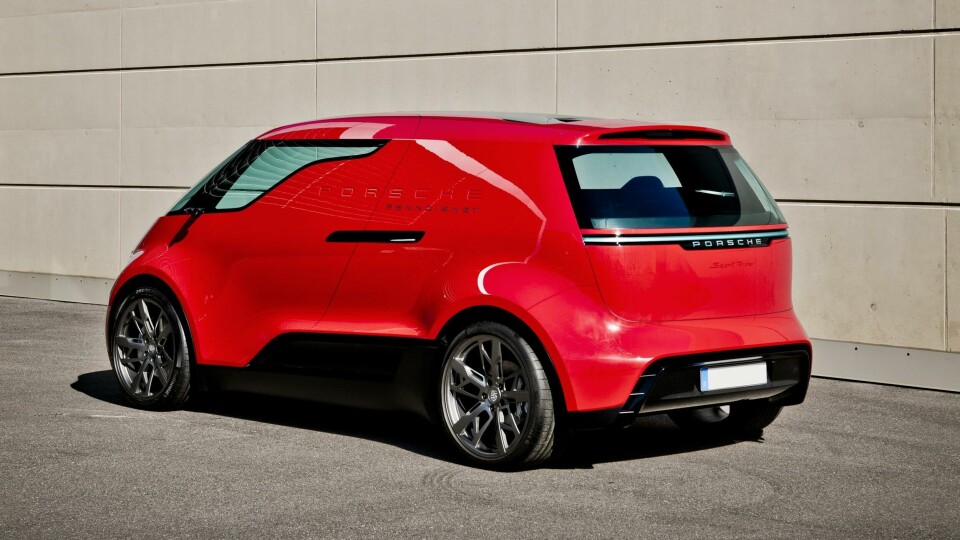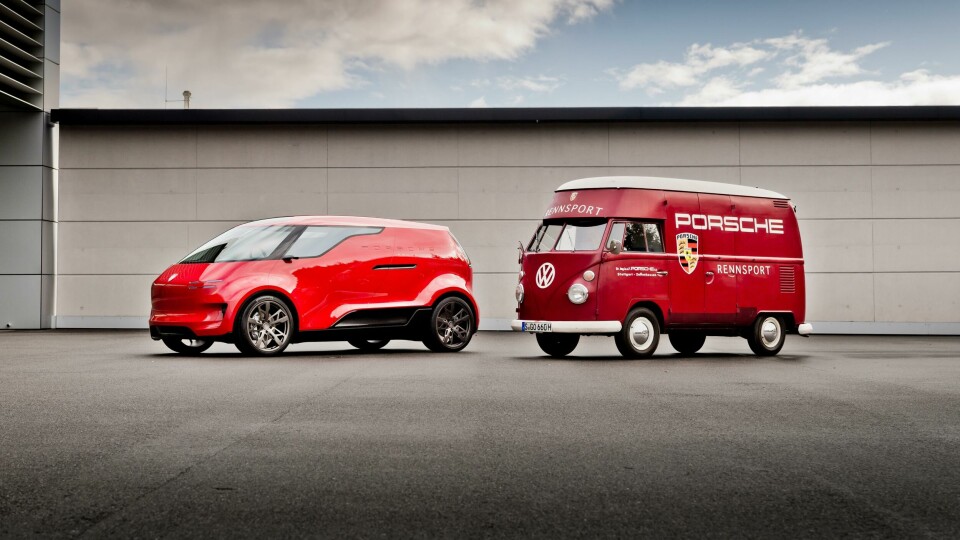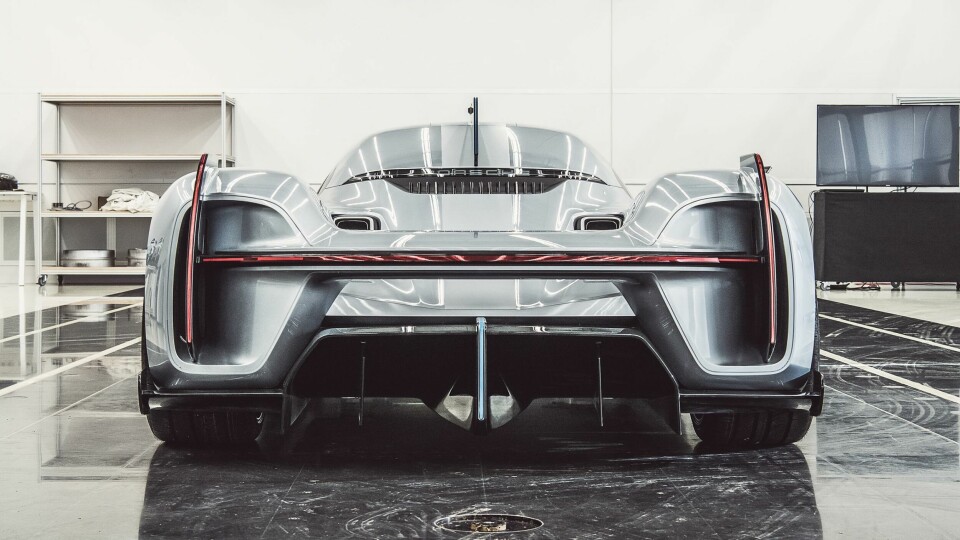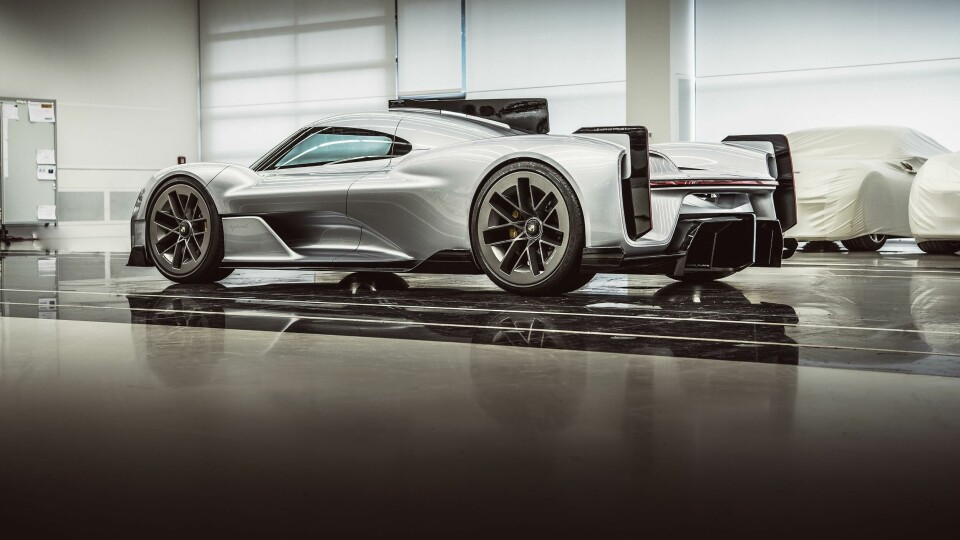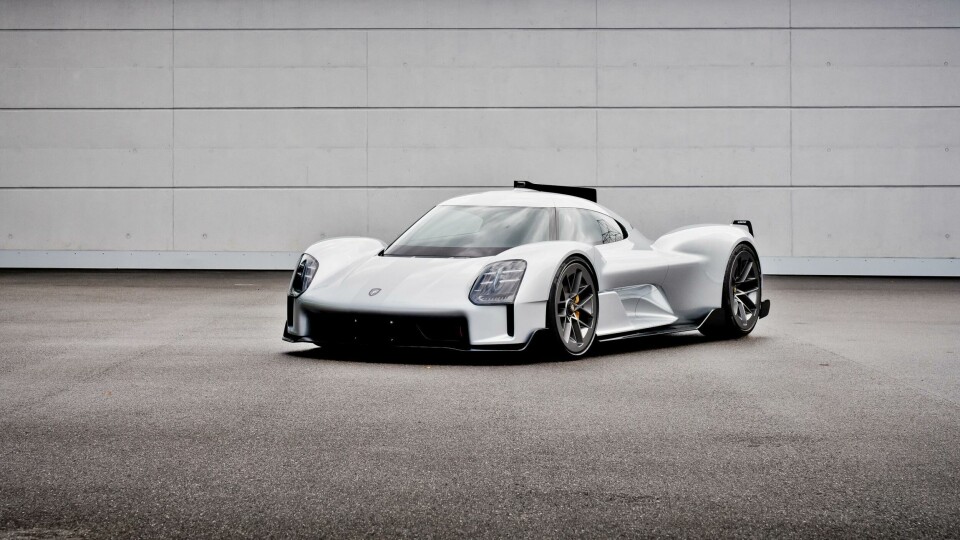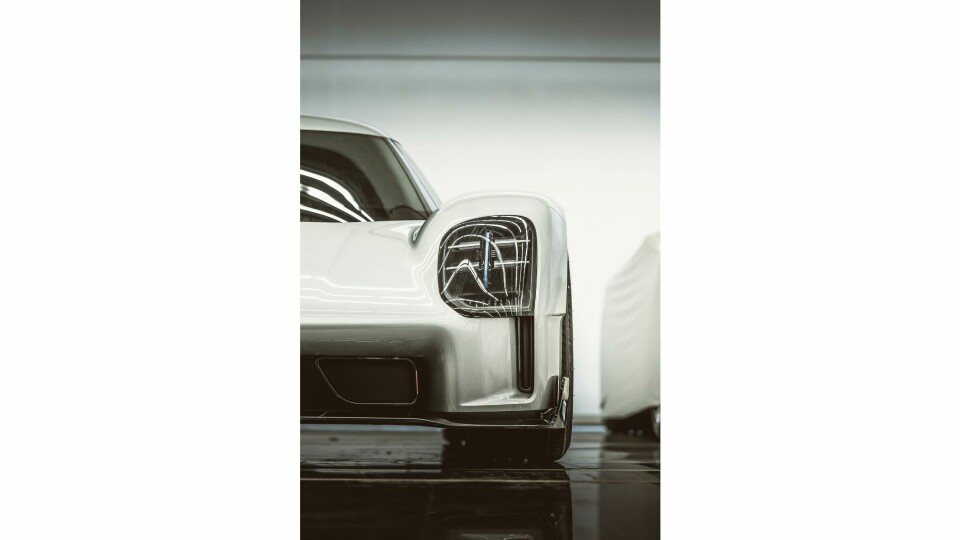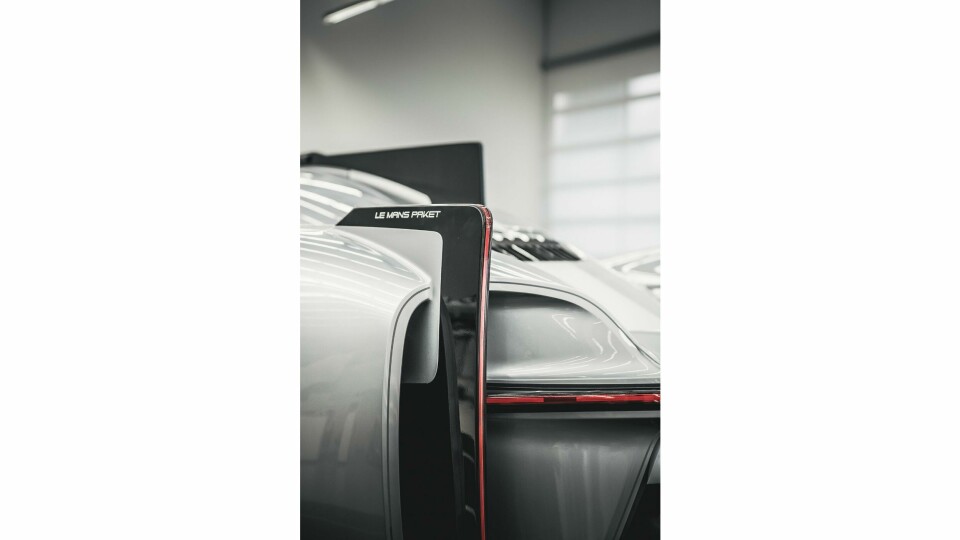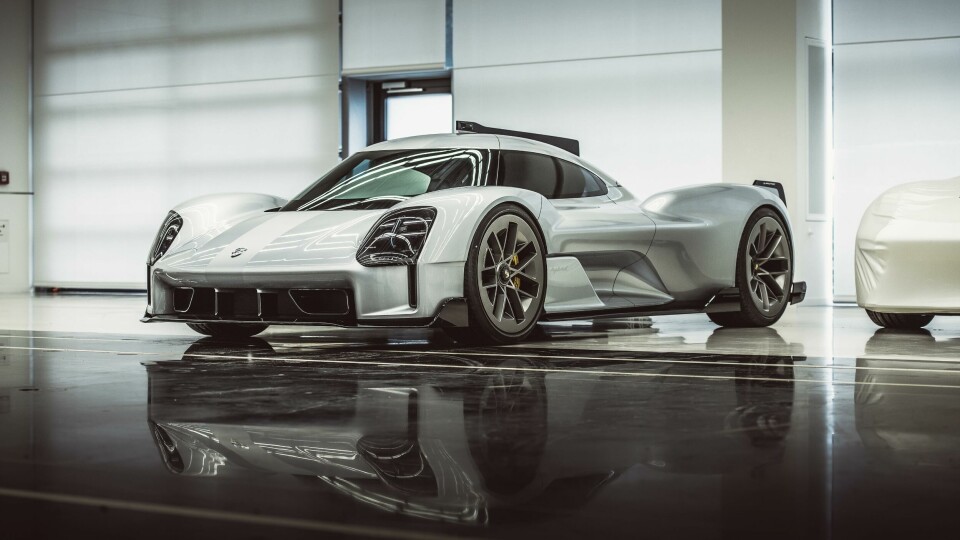
Uncovering the Secrets of Porsche’s Concepts
Ingo Scheinhütte, advanced design exterior manager at Porsche, talks Car Design News through the studio’s process when creating design studies
In the midst of the pandemic, Porsche began to peel back the curtain on some of its previously top-secret concept cars and design processes. Dubbed “Porsche: Unseen,” the campaign highlights select show cars, along with commentary from their designers. This year at South by Southwest, a mega-conference aimed at the film, music, and tech industries, Porsche brought a few of its Unseen cars to the heart of Austin, Texas, where thousands of fans and car-curious streamed through a custom-built display to see what could have been.
Among the eye candy, in addition to a full-sized model of the new Vision GT race car was the 551 Vision Spyder, 904 Living Legend, and the 960 Turismo — all of which will be explored in greater depth in upcoming CDN Concept of the Week features.
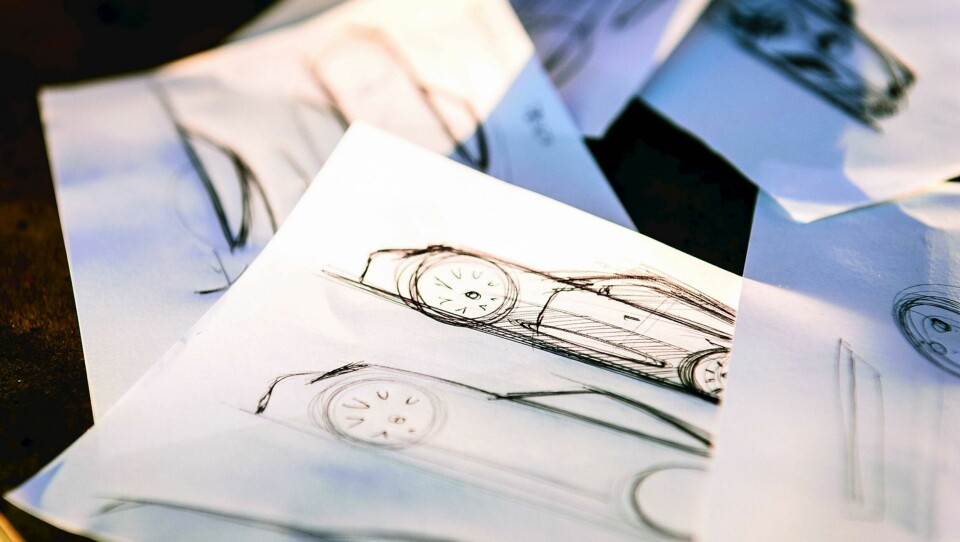
But as notable as the cars themselves is what they represent — a glimpse into the Porsche designer’s mind. Ingo Scheinhütte, Porsche’s advanced design exterior manager, spoke with Car Design News’ Laura Burstein exclusively in Austin about the cars and what makes the Porsche design studio unique.
Laura Burstein: What makes the Unseen Project so special?
Ingo Scheinhütte: We never thought we’d see any of these cars outside of the studio. Originally, those cars were only thought to be internal concepts. And we never imagined showing them to someone else. Seeing the cars here, I’m wondering if we knew that in advance, whether we would have done something different. But as a result, it’s very pure expression of how we think in the studio and what really goes through our heads. It’s really an unfiltered design statement.
LB: These days many studios are putting more emphasis on creating cars digitally — especially with design studies that might never get made. Why is it important for Porsche to continue to build physical prototypes?
IS: We use the Unseen cars as a testing ground, especially to help the members of the board decide on the right product. If you’re just doing it digitally, there are cases where you may not really know if something would work. It’s really not that much money to make a mockup, but it helps us get a better decision. If you’re standing in front of the real car, you get a better feel for what it might be like on the road in five, six, seven years’ time. So it does pay off heavily.
LB: How crazy are you able to get with your design studies? Must they always have a direct relationship to a production car, or does the design team have the freedom to explore anything?
IS: You know how Germans are, a serious bunch. Germans don’t like to fool around, so we always have a proper production car in mind. Sometimes it’s a bit more playful, sometimes it’s a bit more serious, but always with both feet firmly on the ground. Because there is no point in promising something that we know we can’t deliver. That’s a very Porsche thing. No matter what we are doing, we are quite honest about our approach and we try to live that in the studio as well.
It might not sound very romantic, but we are not there to create our personal vision of a car, we are here to create a design that fits to the brand and to the product
The thing about the Porsche brand is it’s incredibly strong and everybody understands what it is. And in Weissach there is no question about what Porsche really is. Everyone feels, lives, and breathes Porsche, so you don’t need to build brand shapes or something like that. We’re in a quite fortunate position that we don’t need to do that.
LB: When working on a design study, how do you decide which elements to reimagine and which to keep similar to — or derivative of — something that already exists? For example, the “Little Rebel” Vision Spyder had a new lighting signature for its time, but the 960 Turismo — the precursor to the Mission E — uses the headlamp assembly from a production Panamera. Is there a strategy behind when to use existing shapes and when to create something completely different?
IS: This is the strategic thing we always talk about as an internal concept, whether to do a generic design, or if we do something new. And it always depends on what we want to achieve with the car. Sometimes we put a new styling on it and give it something which looks different like we did with the 551. In the case of the 960, we tried to stay a bit more generic. This generic design approach helps us to really just talk about proportions. Let’s say if you do something funny — something a bit too different from what we usually do — then you put the board in front of it and they start talking about the funny headlight shape. And we didn’t want that on this car, so we said, okay, let’s keep it easy to understand.
A lot of us in the design studio love small, fast cars and we always think modern cars are becoming a bit too big and a bit too heavy
And it’s tough for designers because they have to hold back. They have to calm themselves and say, hey, I’m not doing this in order to visualise a complete new vision of Porsche styling language, I’m doing this in order to sell a proportion. So I take myself back, I don’t do anything funny, I just stick with the stuff that I know.
LB: Along those lines, I imagine that being a Porsche designer is both the best job in the world and the worst job in the world, because you have so much history and heritage to respect. How do you strike that balance?
IS: You have to be very conscious about what you’re doing and you have to understand the brand very well. And if you understand the input, then you set rails for yourself. The interesting thing about creativity is that wider boundaries don’t actually make you more creative. The real creativity happens when you’ve got quite narrow boundaries. We don’t do retro design, we try to keep away from that, and it’s quite a lot of work to figure out how to be creative and build something which is new when you have those very narrow boundaries. But I think that sums up the job of a real-life car designer with any brand. It might not sound very romantic, but we are not there to create our personal vision of a car, we are here to create a design that fits to the brand and to the product.
LB: What else do you think sets the Porsche design studio apart from other brands?
IS: At Porsche we’ve figured out that you can use the design department as a strategic tool. The way we work together with our sales department, our engineering department, and our strategy department is absolutely on a high level. So we have a much stronger influence on the product strategy of the whole company, which I think is the right way to go. The board is using the resources that they have much better than maybe other companies.
Quite often in the design process, even though you’re involved early on, you’re still at the bottom of the food chain when it comes to the decisions about what kind of car is going to be built. And we are part of that discussion in the very early stages. I think that is something special and something that we changed in the last few years. It’s definitely (chief designer) Michael Mauer’s approach to how we design cars, as well as (Porsche CEO) Oliver Blume’s relationship to the studio.
LB: Which of the Unseen cars is your favourite?
IS: The Little Rebel (551 Vision Spyder). A lot of us in the design studio love small, fast cars and we always think modern cars are becoming a bit too big and a bit too heavy, and we felt a need to do something more nimble more extreme again. I really wish I could drive that car someday.
